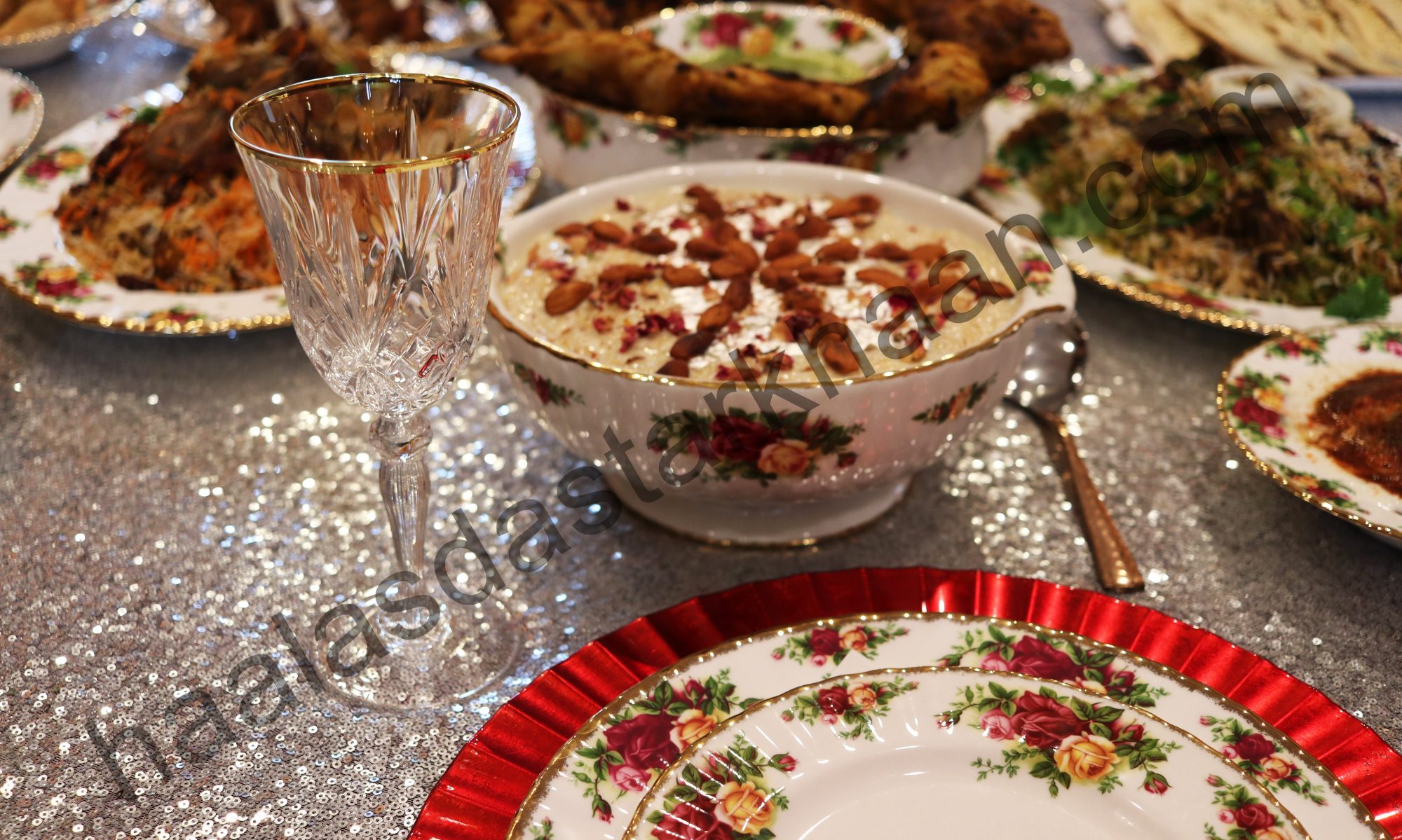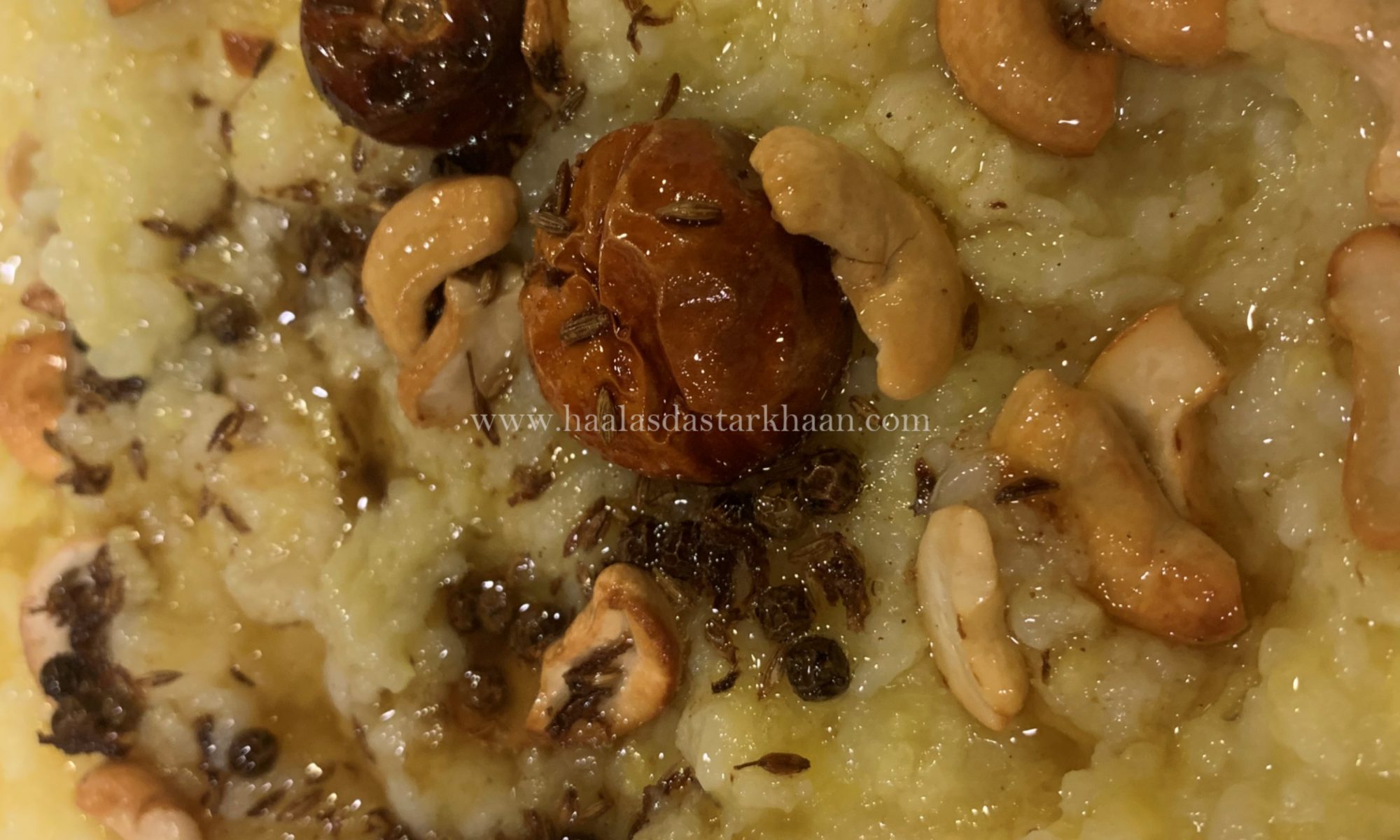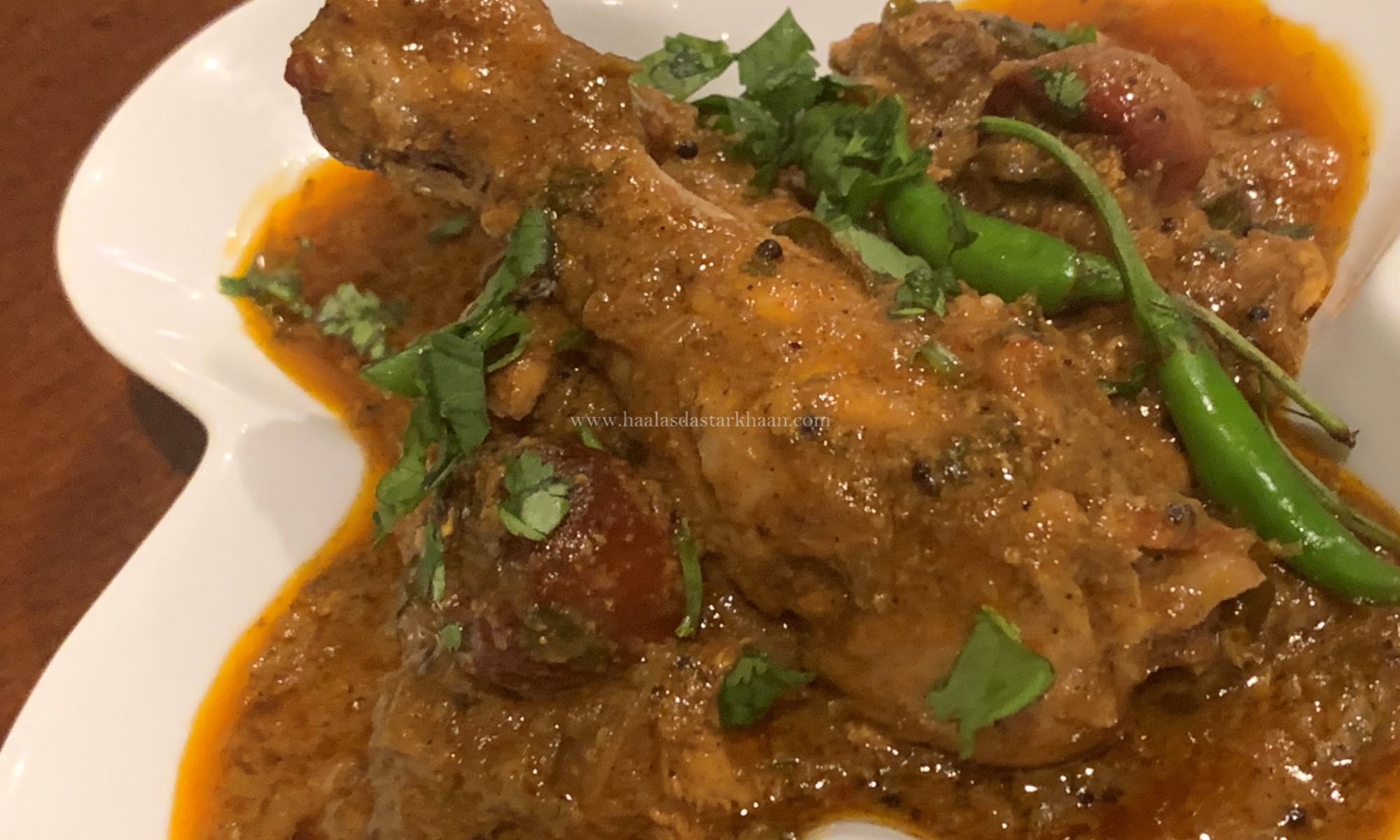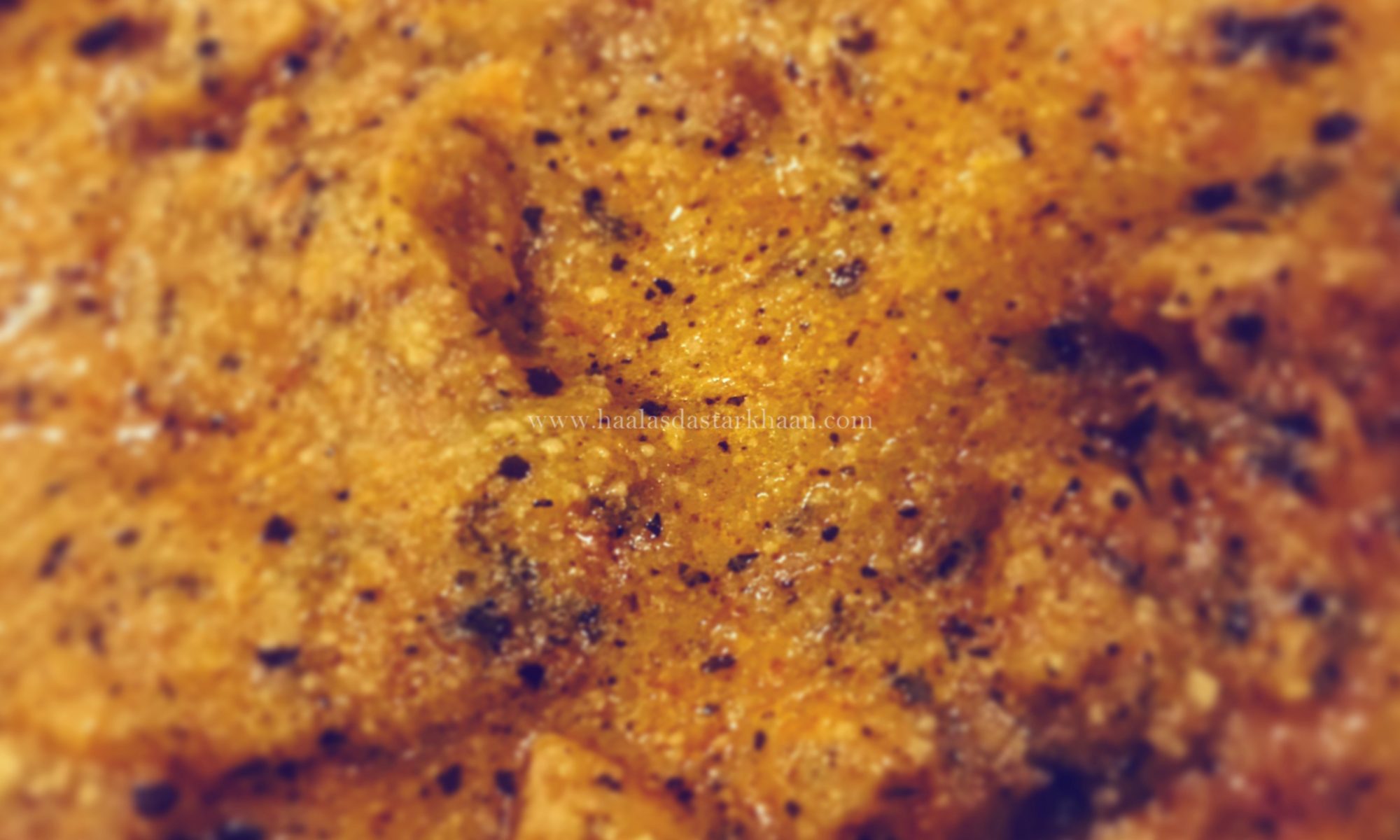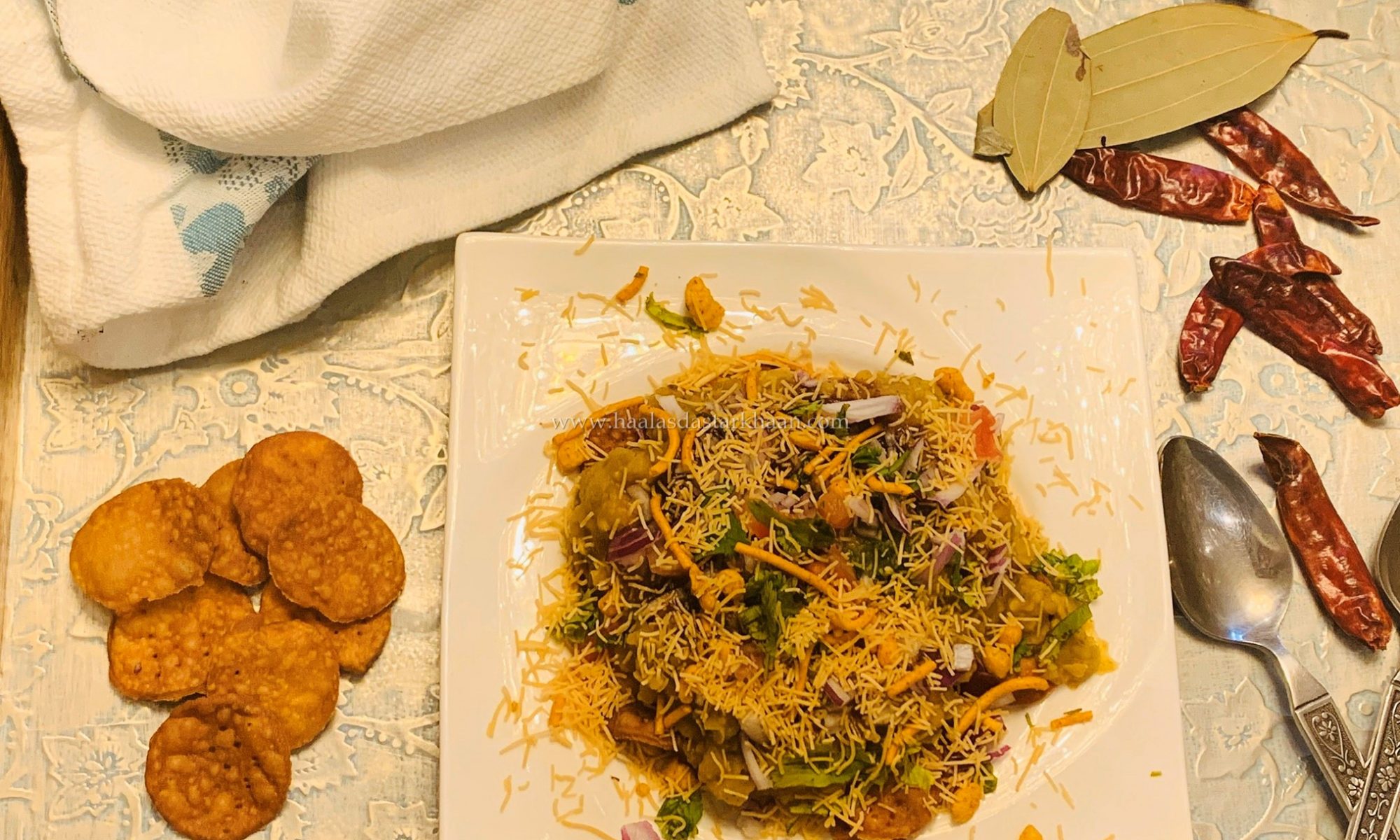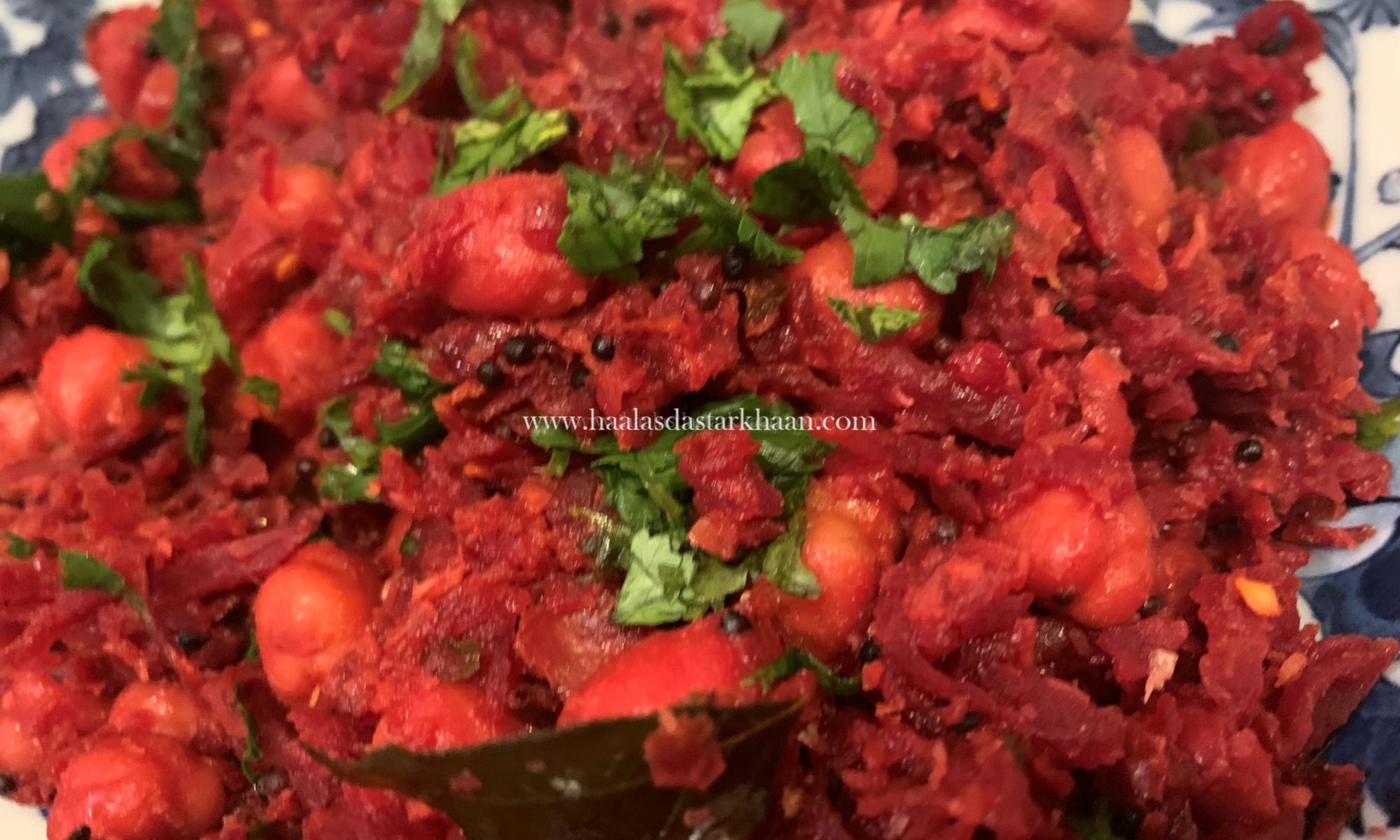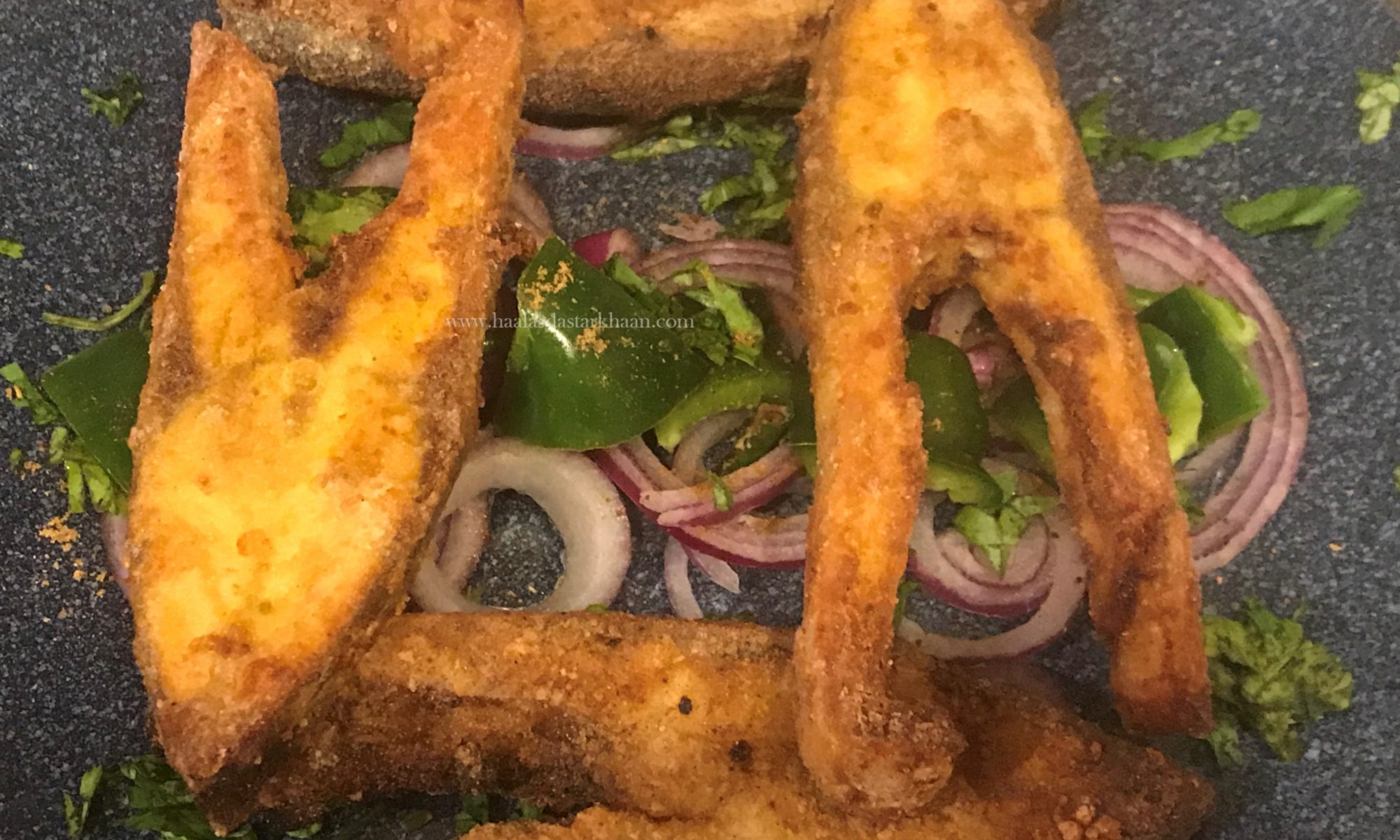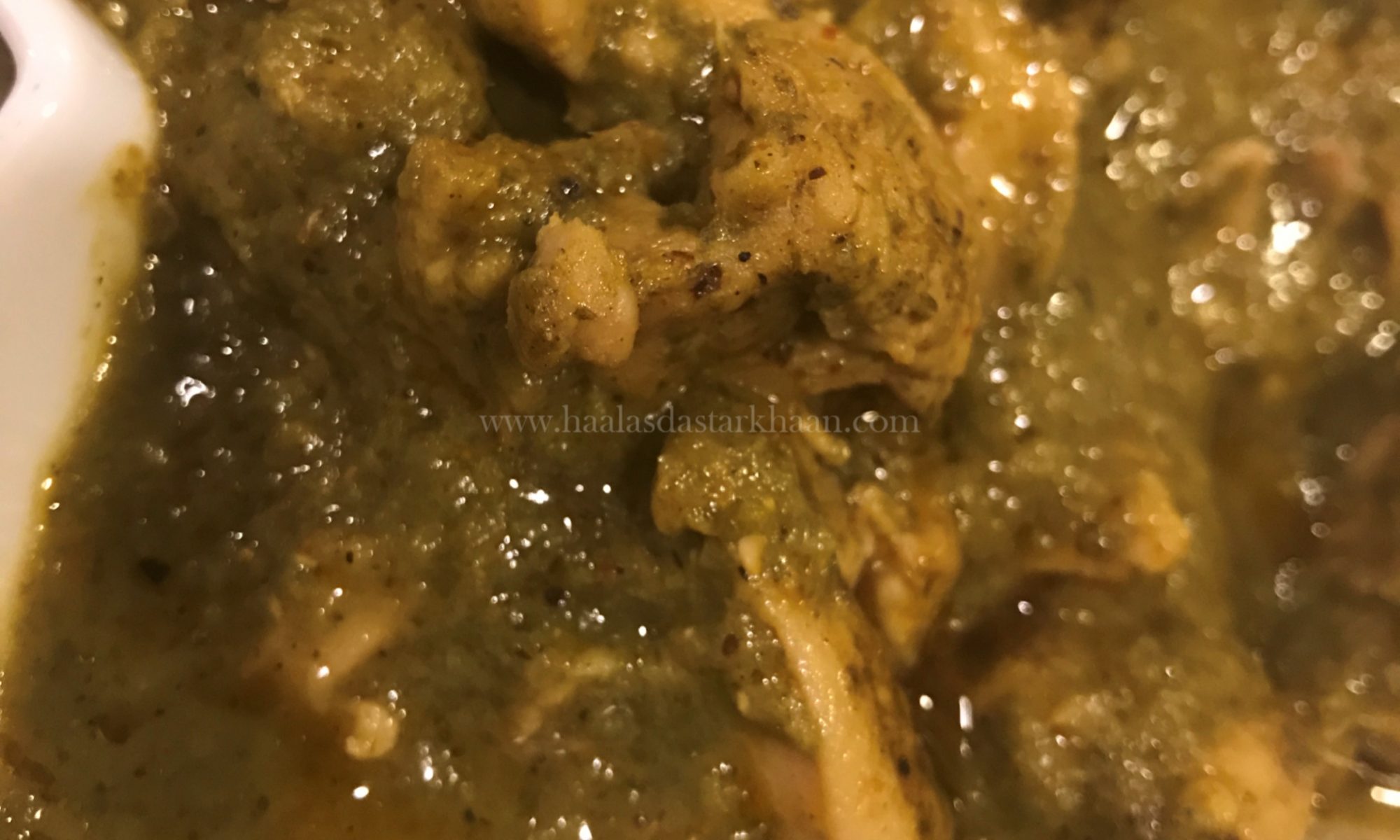In a world of amazing flavors and lip smacking delicious food, at time we all crave something that’s yummy, simple and easy to make. Sometimes, and trust me, with someone like me most times I am always looking around for get set go recipes.
So, the story is. Yeah, of course there is a story. Every dish simple, plain, easy, tough, but if they are made by me there are always incidents or stories that connect them to me. No idea why but there are always scenes that pass through my eyes like a movie making me remember when I first saw, or tasted this dish or why am I inclined towards making it and after that each time I make that dish along with the reactions I get is what gets stored in my mind…Weird ??? Totally…LOLzzz
So, for this simple and scrumptious dish, the story is that my Mother in law is a big fan of Pongal. After Mr. Parveez and I got married and every time I traveled to India, we would have family vacations and most of them would be not to far, for instance since we are based in Bangalore, we would always take a trip to Ooty. Now my MIL isn’t a big fan of outside food. In fact she is very precise with her orders and with time I discovered that she mainly always orders dishes that are simple, because her logic is that restaurants always keep fancy dishes stocked up, so if you like eating fresh food, always order something nutritious that barely needs time to cook. Pongal was something she could every single day without a fuss.
Now with Pongal, its definitely a dish that barely needs any prep time. Its simple on the tummy and since it is runny, it can be served to small children as well, just minus the fancy additions we made to our Pongal.
